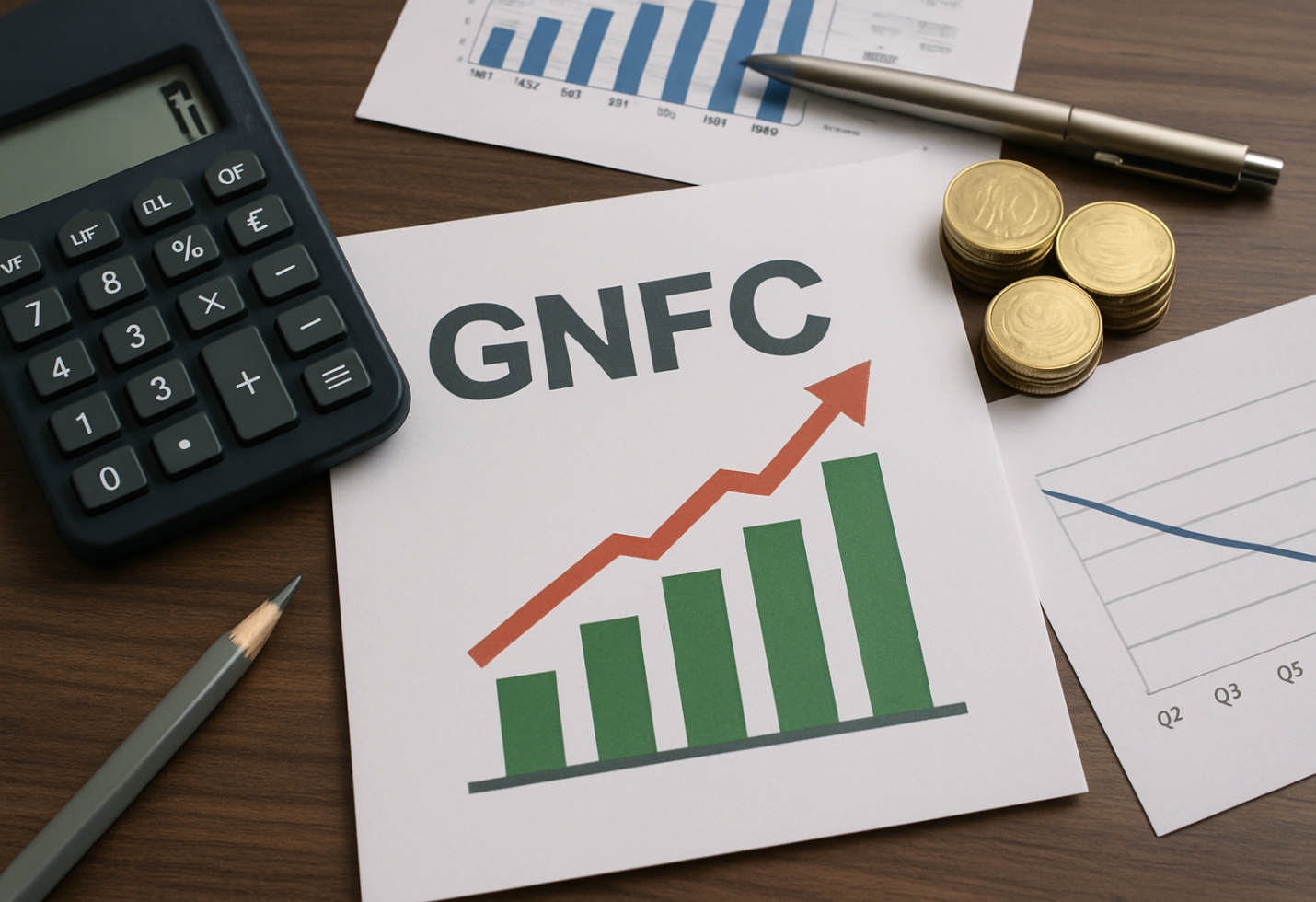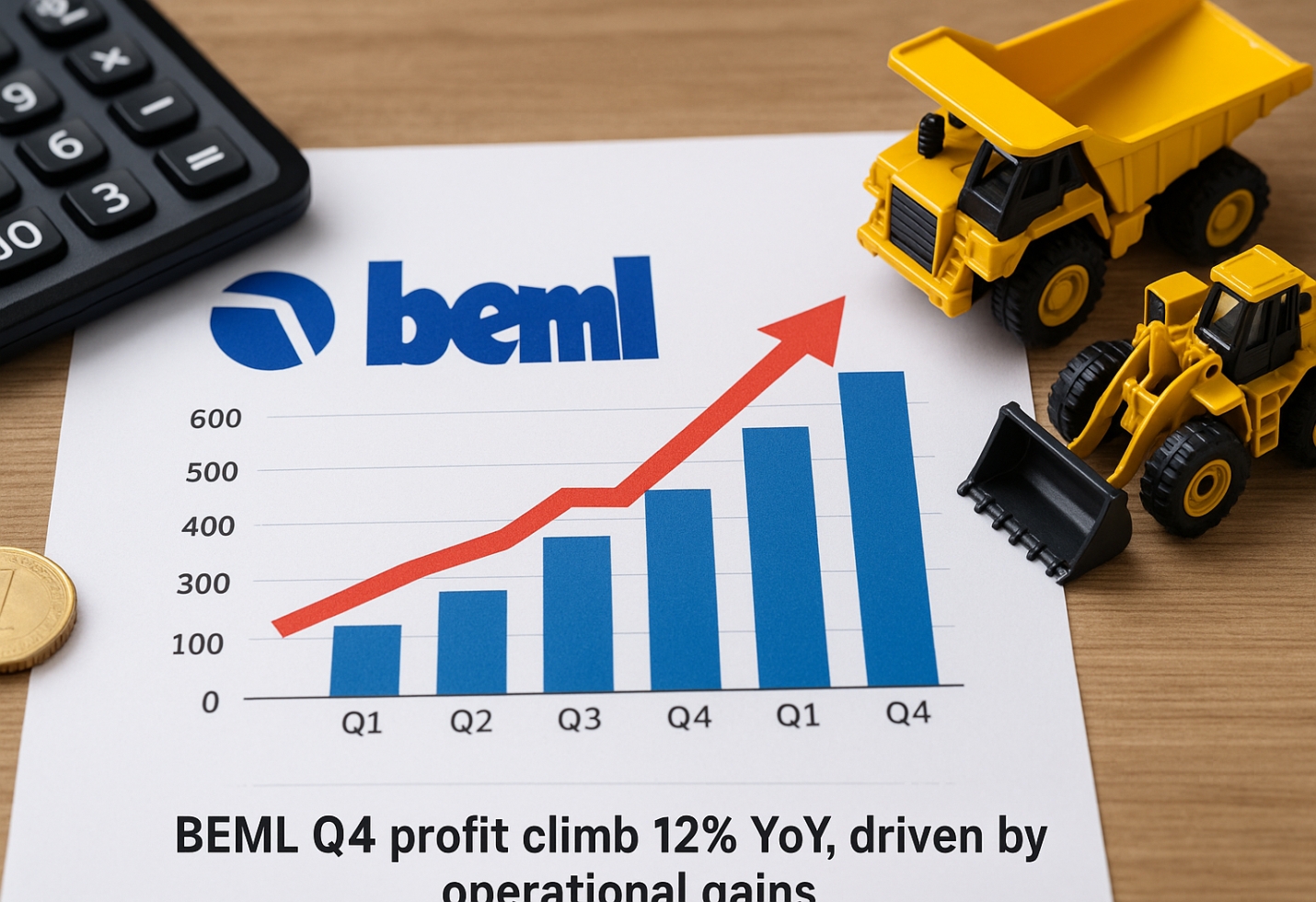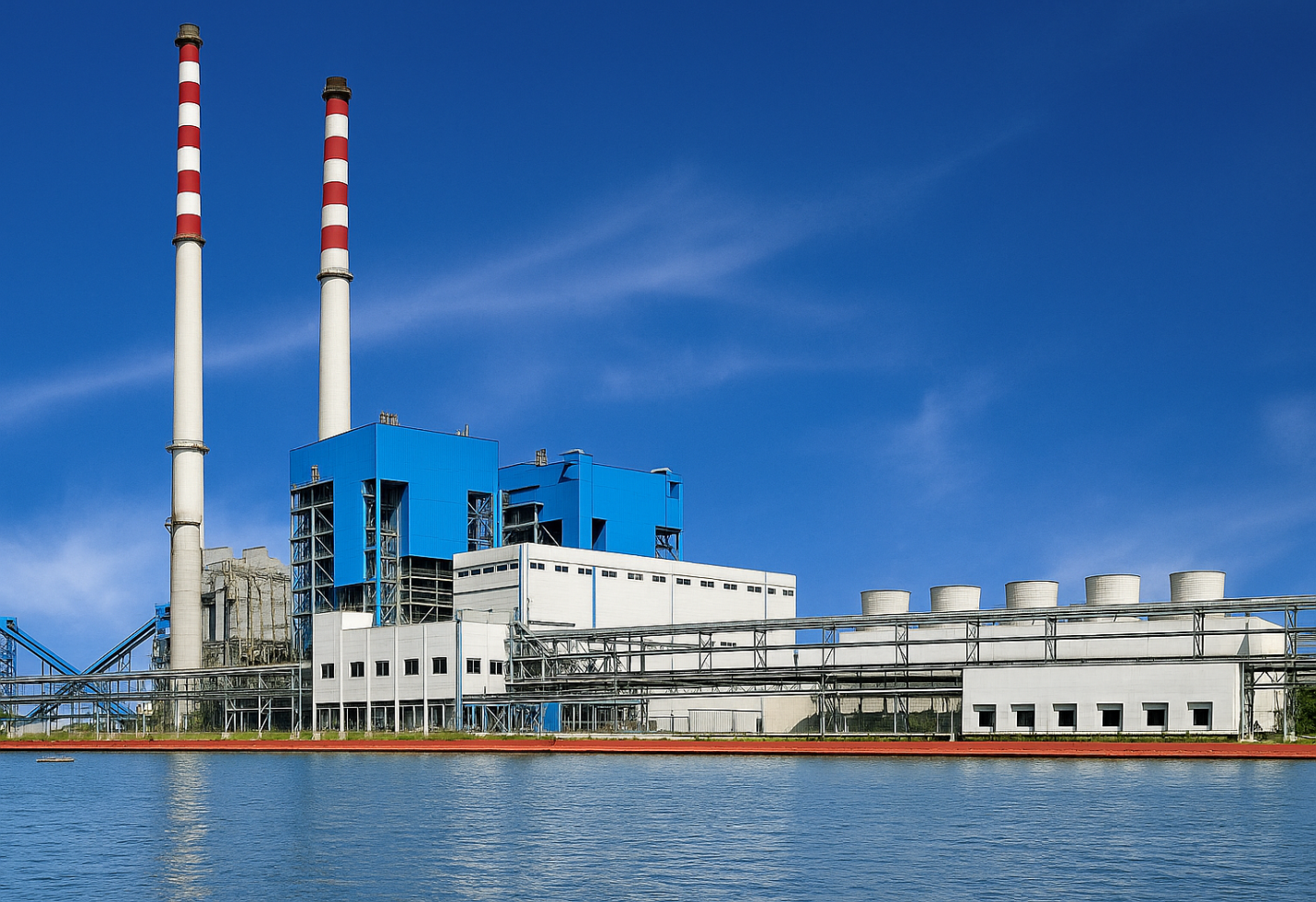EV Stock Delivers Over 570% Profit Surge as Revenues Soar in Q4 FY25
Mercury Ev-Tech reports massive quarterly profit and revenue growth, showcasing strong performance amid a recovering market and bullish investor sentiment.
Mercury Ev-Tech Reports Exceptional Q4 Financial Performance
Mercury Ev-Tech, a small-cap firm traded on the BSE, delivered an exceptional financial surge in its quarterly report concluding on March 31, 2025, marking a notable achievement within the electric vehicle industry. The company’s net profit after tax (PAT) skyrocketed by an astonishing 574%, rising from ₹0.23 crore in the same quarter last year to ₹1.55 crore in Q4 FY25.
This surge in profitability is complemented by an impressive 450% increase in revenue from operations, which reached ₹30.68 crore, up sharply from ₹5.57 crore recorded in the corresponding quarter a year ago. These figures clearly indicate Mercury Ev-Tech’s growing foothold in India’s rapidly expanding EV market.
Annual Growth Highlights Strong Momentum
Looking at the full fiscal year FY25, Mercury Ev-Tech sustained its robust growth momentum. The firm witnessed its net earnings soar over threefold, climbing by 297% to reach ₹7.91 crore, up from ₹1.99 crore in the previous fiscal year FY24. Sales revenue also saw a significant rise, climbing 307% to ₹89.64 crore from ₹22.02 crore the previous year.
These impressive annual results underscore the company’s consistent operational improvements and growing market demand for electric vehicles. Mercury Ev-Tech’s ability to capitalize on the burgeoning interest in clean transportation solutions reflects both strategic execution and favorable market conditions.
Stock Movement and Market Performance
Despite the stellar earnings, Mercury Ev-Tech’s stock initially opened lower at ₹62.80 on the Bombay Stock Exchange, slightly down from its previous close of ₹63.15. However, the shares quickly recovered during the trading session and touched an intraday high of ₹64.98, signaling renewed investor confidence.
Over the past year, the stock has experienced some volatility, with a 52-week trading range between ₹51.24 and ₹1,139.20. Currently, the company holds a market capitalization of ₹1,213.36 crore, reflecting its growing presence within the small-cap segment.
Remarkably, Mercury Ev-Tech has delivered multibagger returns of 6,767% over the last three years, a phenomenal gain by any standard. Over two years, the stock has provided a 223% return. However, it faced a 12% decline over the past 12 months and is up 32% year-to-date, highlighting some market fluctuations amid sector-wide dynamics.
Broader Market Context: Sensex and Nifty Rally
Mercury Ev-Tech’s strong financial results emerge in the context of an overall market rebound. On the same day, key benchmark indices bounced back sharply. In the late morning session, the BSE Sensex experienced a strong surge, rising by 953.18 points to close at 81,905.17. Meanwhile, the NSE Nifty gained 299.35 points, finishing at 24,909.05.
This rally was primarily fueled by strong buying interest in major blue-chip stocks, especially in the IT sector and consumer goods companies. Shares of ITC, Eternal, Power Grid, Tech Mahindra, Infosys, and HCL Technologies spearheaded the Sensex’s advance with notable gains. Conversely, Sun Pharma was the only significant laggard, experiencing some sell-off pressure.
Key Factors Behind Mercury Ev-Tech’s Rapid Growth
Several drivers explain Mercury Ev-Tech’s impressive financial turnaround. Increasing environmental consciousness and government support for electric mobility in India have propelled demand for EVs. Subsidies, tax benefits, and infrastructure improvements have collectively created a favorable environment for companies in this space.
Mercury Ev-Tech’s strategic focus on broadening its product range and scaling production capacity has allowed it to meet growing consumer needs effectively. The company has also invested in technological advancements, improving vehicle performance, battery efficiency, and affordability, which have made its offerings more competitive.
Enhanced distribution networks and after-sales support have further strengthened customer satisfaction and loyalty, contributing to sustained sales growth.
Challenges and Opportunities Ahead
While Mercury Ev-Tech’s recent results are encouraging, the company faces challenges common to the EV industry, including intense competition, supply chain constraints, and the need for ongoing innovation. However, its proven ability to grow revenues and profits rapidly suggests a solid foundation to navigate these hurdles.
The Indian EV market is poised for exponential growth, driven by increasing urbanization, rising fuel costs, and stricter emission norms. Mercury Ev-Tech’s continued investment in R&D and expansion of sales and service infrastructure positions it well to capture emerging opportunities.
Conclusion: Mercury Ev-Tech’s Bright Prospects in a Booming EV Market
Mercury Ev-Tech’s exceptional quarter and fiscal year performance highlight its potential as a leading contender in India’s electric vehicle revolution. The dramatic rise in profits and revenues reflects strong operational execution and growing market acceptance of EV technology.
As broader market indices rally and investor sentiment improves, Mercury Ev-Tech stands out as a compelling multibagger stock with promising growth prospects. With supportive government policies, increasing consumer interest, and the company’s strategic initiatives, Mercury Ev-Tech is well-equipped to maintain its upward trajectory in the evolving clean mobility landscape.
The image added is for representation purposes only










